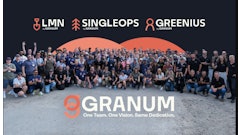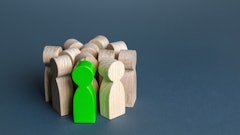According to the National Retail Federation (NRF), May retail sales (excluding automobiles, gas stations and restaurants) increased 0.6% seasonally adjusted from April and increased a strong 4.8% unadjusted year-over-year. The Freedonia Group Inc., an industry market research firm, has also reported that demand for power lawn and garden equipment in the U.S. is expected to grow 4% a year through 2017 in their Power Lawn & Garden Equipment study.
Consumer confidence
Both sources credit higher consumer confidence for the increased spending. As GDP growth accelerates, and incomes and consumer confidence levels rise, consumers are increasingly willing to spend their disposable income.
“The American consumer continues to drive the U.S. economy,” NRF president and CEO Matthew Shay says. “In spite on fluctuating gas prices, severe weather in much of the country and fiscal policy uncertainty, consumers continue to demonstrate an inherent resiliency and flexibility. We should never underestimate the role and strength of the American shopper or the retailers that serve them.”
Increased equipment sales
May retail sales, released by the U.S. Department of Commerce, showed building material and garden equipment and supplies dealer sales increased 0.9% seasonally-adjusted and increased 9.3% unadjusted year-over-year.
In addition to consumer confidence, technological advancements are also expected to cause an increase in power equipment sales, with consumers wanting to upgrade to new robotic lawn mowers and battery-powered equipment options.
A rebound in housing completions will result in higher landscape revenues and help drive the increase in commercial sales of power equipment, the Freedonia study reports. Sales to golf courses and government purchasers will also recover from declines posted over the 2007-2012 period, but at a slower rate than the landscaping market.

![Doosan Bobcat Wacker Neuson Stack 2ec Js Pb V6e[1]](https://img.greenindustrypros.com/mindful/acbm/workspaces/default/uploads/2025/12/doosan-bobcat-wacker-neuson-stack2ecjspbv6e1.CPyyz8ubHn.png?auto=format%2Ccompress&bg=fff&fill-color=fff&fit=fill&h=100&q=70&w=100)


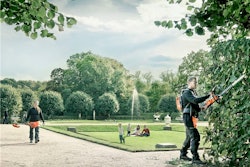
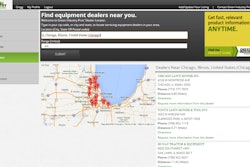
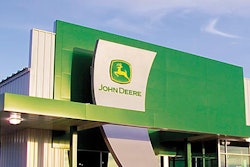
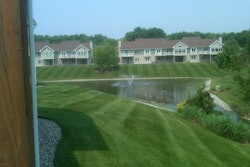


![Doosan Bobcat Wacker Neuson Stack 2ec Js Pb V6e[1]](https://img.greenindustrypros.com/mindful/acbm/workspaces/default/uploads/2025/12/doosan-bobcat-wacker-neuson-stack2ecjspbv6e1.CPyyz8ubHn.png?ar=16%3A9&auto=format%2Ccompress&bg=fff&fill-color=fff&fit=fill&h=135&q=70&w=240)






